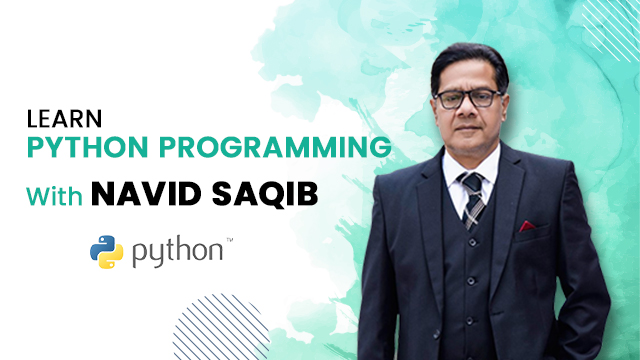Currently Empty: $0.00
Introduction To Syllabus
0/3
Relation of Real Life and Programming
0/7
Stages of Programming
0/14
Dealing with Constructs
0/24
Question Set 3
0/3
Concept of Validations
0/6
Question Set 4
0/2
In the dynamic world of software development, customer interactions serve as the cornerstone for crafting effective programs. Consider a conversation between a customer and a shopkeeper who sell shawarma:
Customer: What are you selling?
Shopkeeper: Shawarma.
Shopkeeper: How much quantity do you want?
Customer: 2.
Customer: What is the price?
Shopkeeper: Rs 120.
Shopkeeper: Do you need a receipt?
Customer: Yes.
These seemingly routine questions form the backbone of program development. By analyzing such exchanges, developers can formulate pseudocode, outlining the logical steps:
- Prompt user for item.
- Prompt user for quantity.
- Calculate total price.
- Generate receipt if requested.
From there, translating pseudocode into program code becomes intuitive. Each line of dialogue translates into code instructions, leading to the creation of a user-friendly and efficient program. Thus, customer-business interactions serve not only as a source of information but also as a catalyst for program development, ensuring that software meets user needs effectively.

